You can contact LEARNZ, part of CORE Education, at:
Postal Address:
PO Box 13 678,
Christchurch 8141,
New Zealand
Kia ora koutou,
Plastic pollution is growing everyday but so too is people’s awareness of the problems plastics can cause. Today you wanted to find out more about this issue, so you met with Dana Clark, Ross Vennell and Heni Unwin from the Cawthron Institute in Nelson. Both Ross and Heni are working on the Sustainable Seas National Science Challenge. They answered questions from Sancta Maria Catholic School during the final web conference. These students asked some tough questions. Ross and Heni were impressed by their motivation to help reduce plastic pollution. You can listen to the recorded web conference to find out more.
The motion of the ocean
Following the web conference, you drove out to Tahunanui Beach to try and gain a better understanding of the plastic problem. Ross explained that the ocean is always moving. Ocean currents are caused by the wind, tides, the Earth's spin and changes in salinity and temperature. You can find out more about this by reading the background pages. Ocean currents are important because they move heat, carbon dioxide and nutrients around the world. This increases the amount of life in the ocean and helps to reduce extremes in climate. Ocean currents also transport pollutants such as sediment, nutrients from farms and plastic.
The problem with plastic
Scientists use a variety of tools to measure and model ocean currents. Once you have this information you can use it to find out where things will end up in the ocean. Because plastic floats it can end up a long way away from where it first entered the sea. Plastic also lasts a very long time. Some plastics can last for over 450 years. Unlike natural products plastic does not rot or biodegrade. Over time plastic gets broken down into smaller and smaller pieces. These pieces can end up being eaten by seabirds, fish, turtles and other marine wildlife. Plastic bags look like jellyfish and can be mistaken for food. Algae can grow on plastic making it smell like food. Plastic can also entangle marine life. Māia the LEARNZ ambassador loves shiny objects and before long we found her entangled in plastic! Even people can be affected by plastic pollution by eating fish that have eaten plastic. You can find out more by watching the video.
Track your plastic
Knowing the problems that plastic can cause in marine areas Heni and Ross have helped build a plastic tracking app. This app uses ocean current models to track ‘virtual’ plastic from different locations. This app will help scientists understand where pollution can end up. This information can help manage the impacts of this pollution. Heni showed you that plastic that enters the water in Tasman Bay tends to get stuck in the bay. In other areas it can end up a long way from where it started. This app could be used to help organise beach clean ups. You can watch the video to see how the app works.
Reducing plastic pollution
Plastic pollution is increasing every day because we keep using plastic. The plastic we put into recycling systems does not always end up being recycled. Plastic is also very light so can easily get blown out of bins and landfills. The easiest way to reduce plastic pollution it to reduce our use of plastic. Some things we rely on are made of plastic, but a lot of marine plastic pollution comes from packaging. You can choose to take your own reusable bags and containers to the supermarket. You can also refuse single use plastics such as straws. Refusing and reusing plastics helps reduce the amount of plastic waste. You can also look at what your clothes are made from. You can then choose natural fabrics like cotton and wool over plastics like nylon, polyester and polypropylene. You could discuss with your class how you can reduce your use of plastic. You could have plastic free days and also help pick up rubbish from beaches and rivers.
This field trip has made me appreciate how lucky we are in Aotearoa New Zealand to have so many beautiful marine areas. These areas are home to unique and useful plants and animals, some of which are under threat. Knowing how important these areas are means that we can all work a little harder to look after them.
I hope you have enjoyed the field trip and can join us on another one soon.
Ka kite anō,
Shelley the LEARNZ field trip teacher.
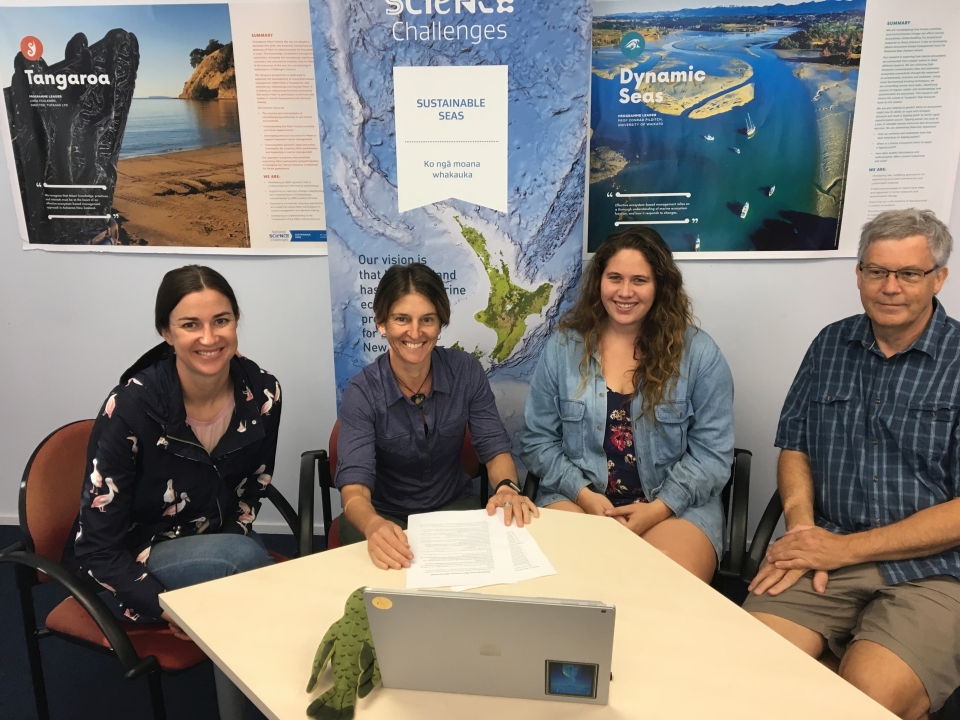
Dana, Shelley, Heni and Ross talk to students from Sancta Maria Catholic School during the final field trip web conference. Image: Meredith Cook, NIWA.
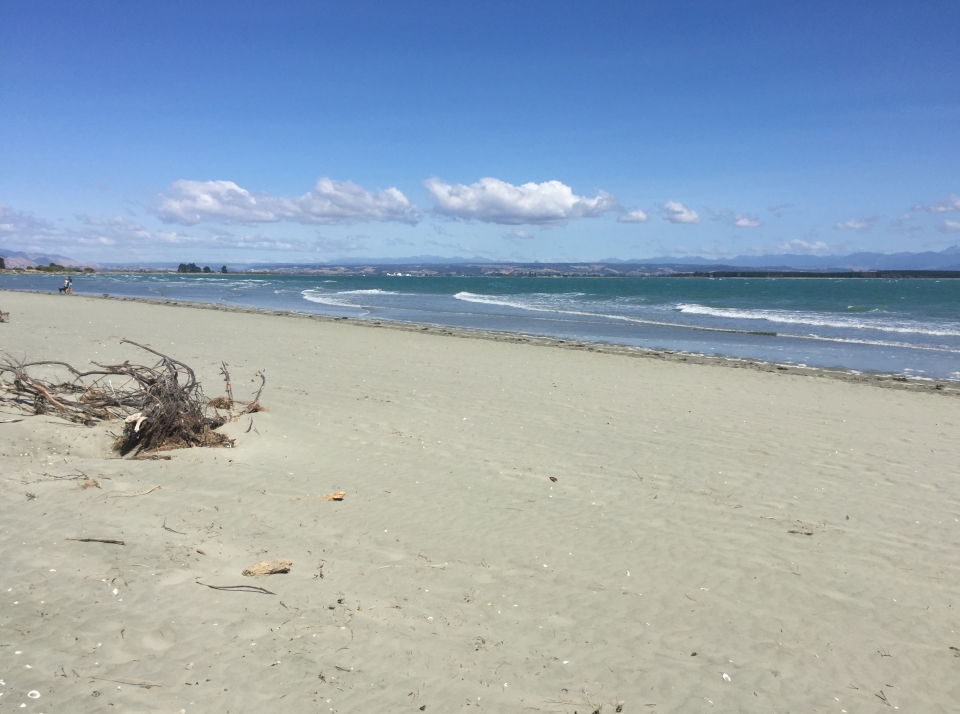
You took a stroll along Tahunanui Beach in Nelson to find out more about ocean currents and plastic pollution. Image: Shelley Hersey, LEARNZ.
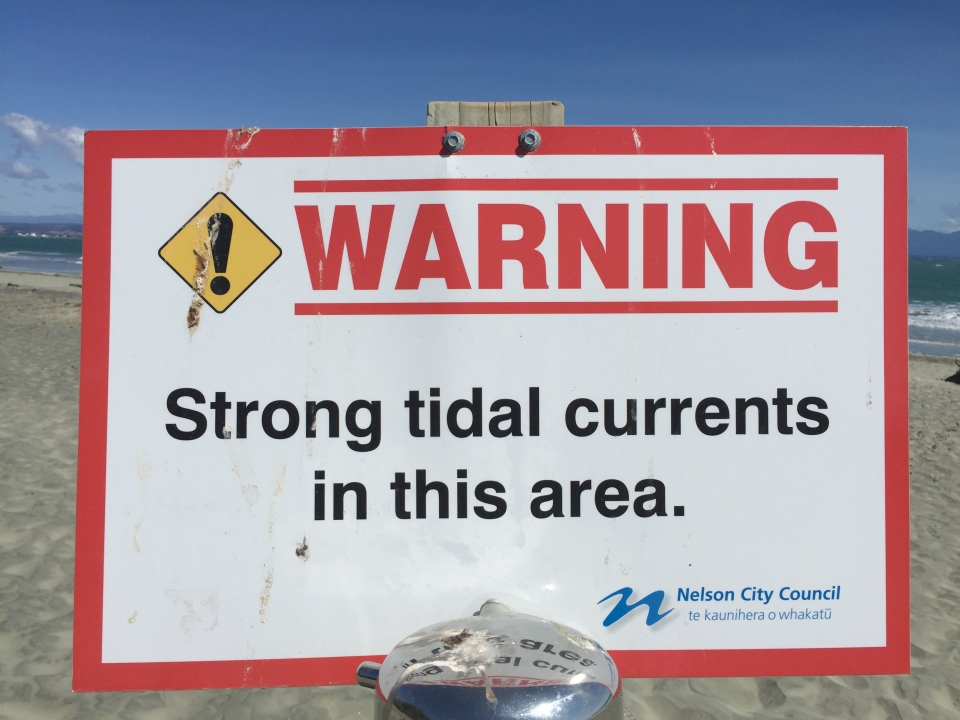
Tahunanui Beach in Nelson has some strong tidal currents. Why do you think this is? Image: Shelley Hersey, LEARNZ.
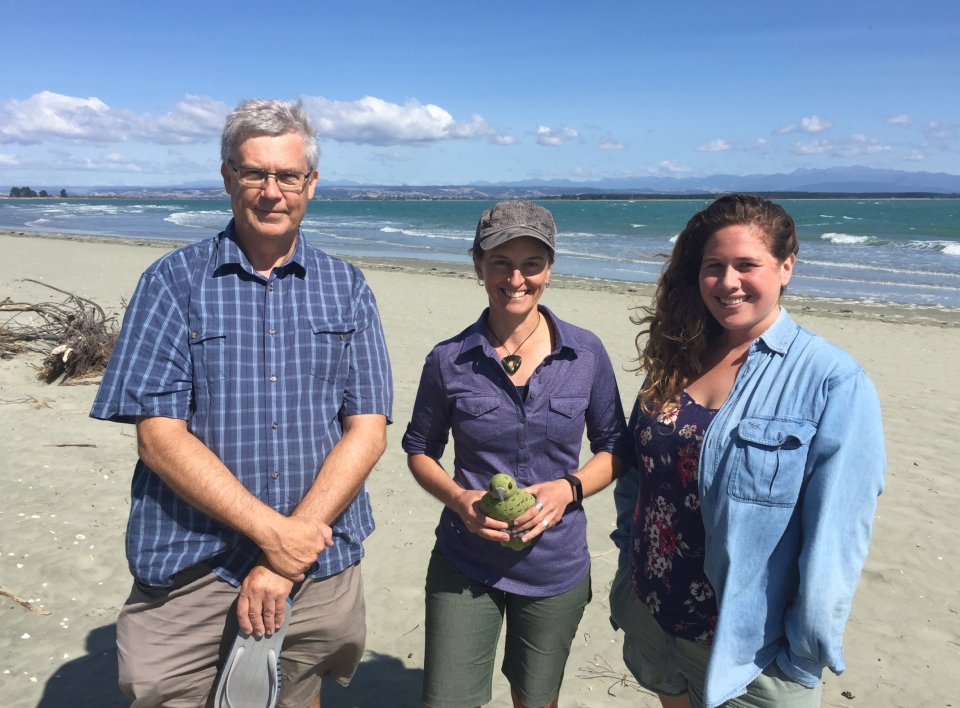
Ross, Shelley and Heni enjoy some time at the beach. This beach looked clean, do you think they found any rubbish? Image: Andrew Penny, LEARNZ.
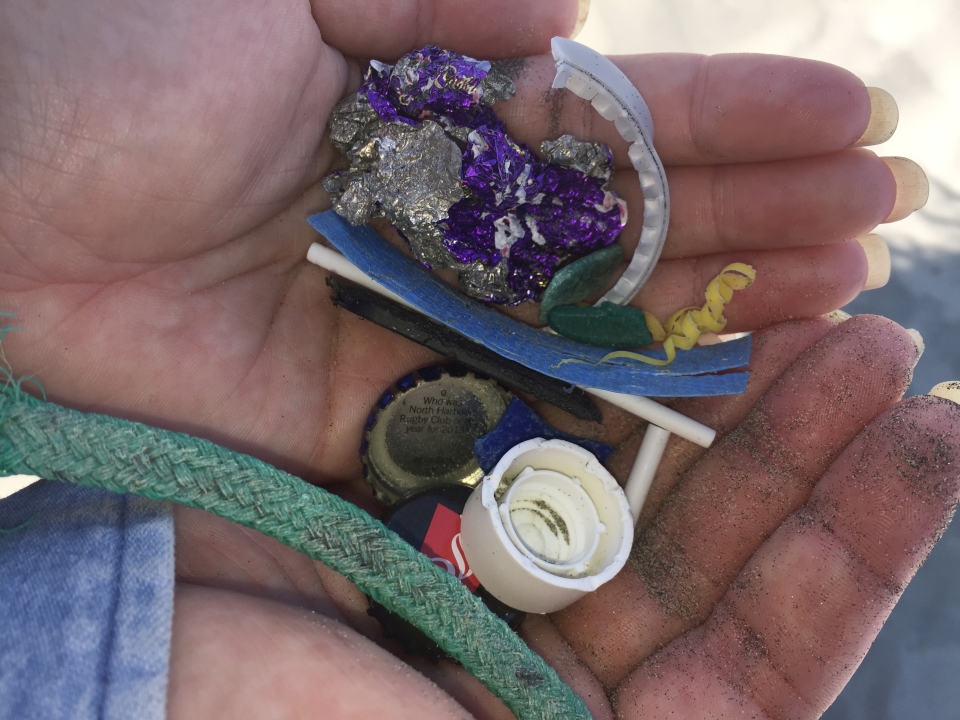
During a short stroll along Tahunanui Beach we easily found a handful of rubbish. Where do you think this rubbish has come from? Image: Shelley Hersey, LEARNZ.
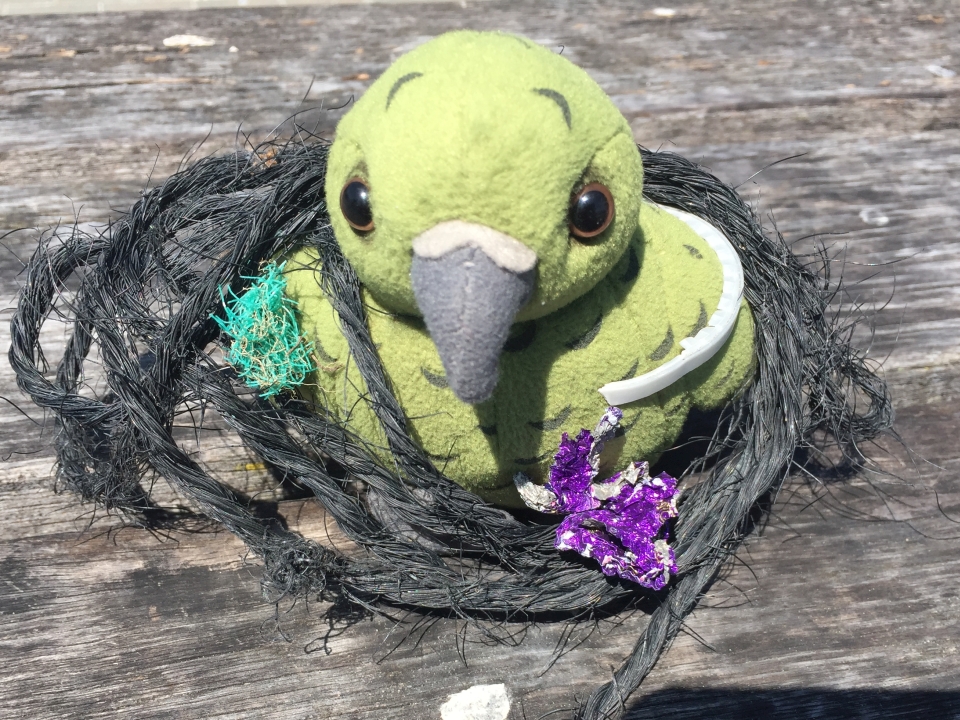
Being a curious kea, Māia quickly found some plastic and unfortunately got entangled. Image: Shelley Hersey, LEARNZ.
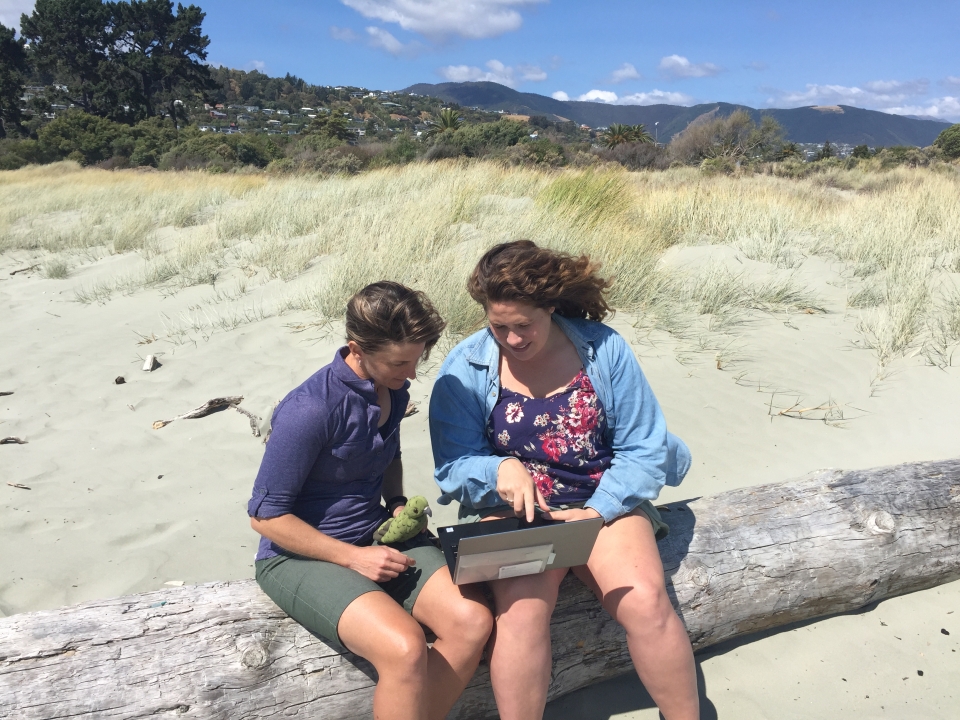
Heni shows Shelley the plastic tracking app that she has been working on. How could this app be used to help manage plastic pollution? Image: Andrew Penny, LEARNZ.
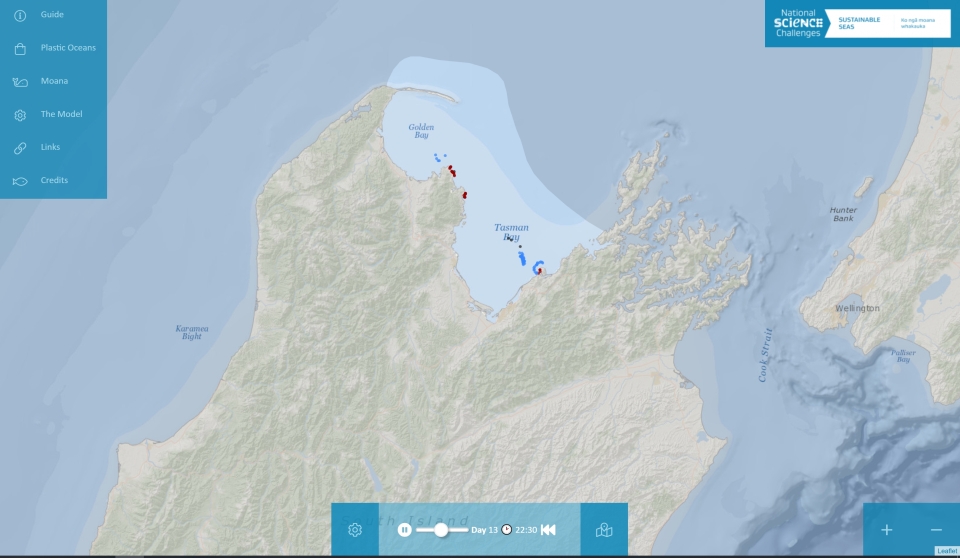
This image shows how virtual plastic dropped into Tasman Bay stays floating in the bay. Why would this information be useful? Image: Sustainable Seas National Science Challenge.